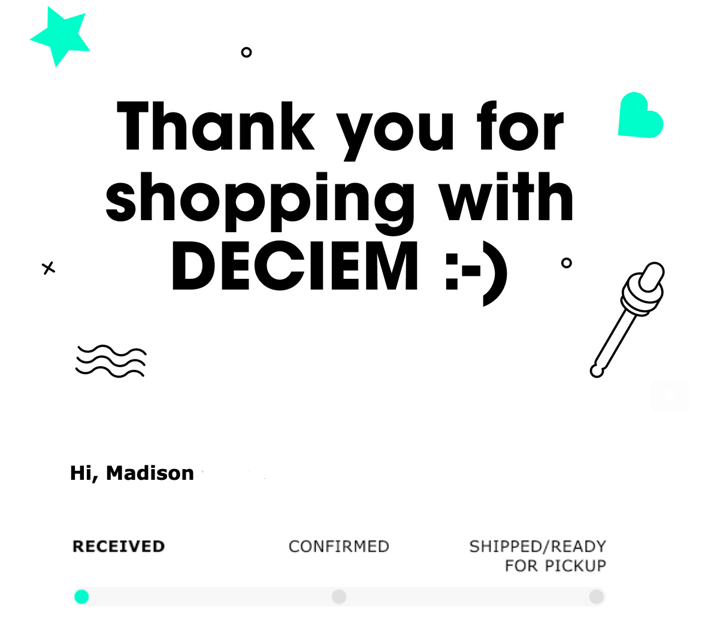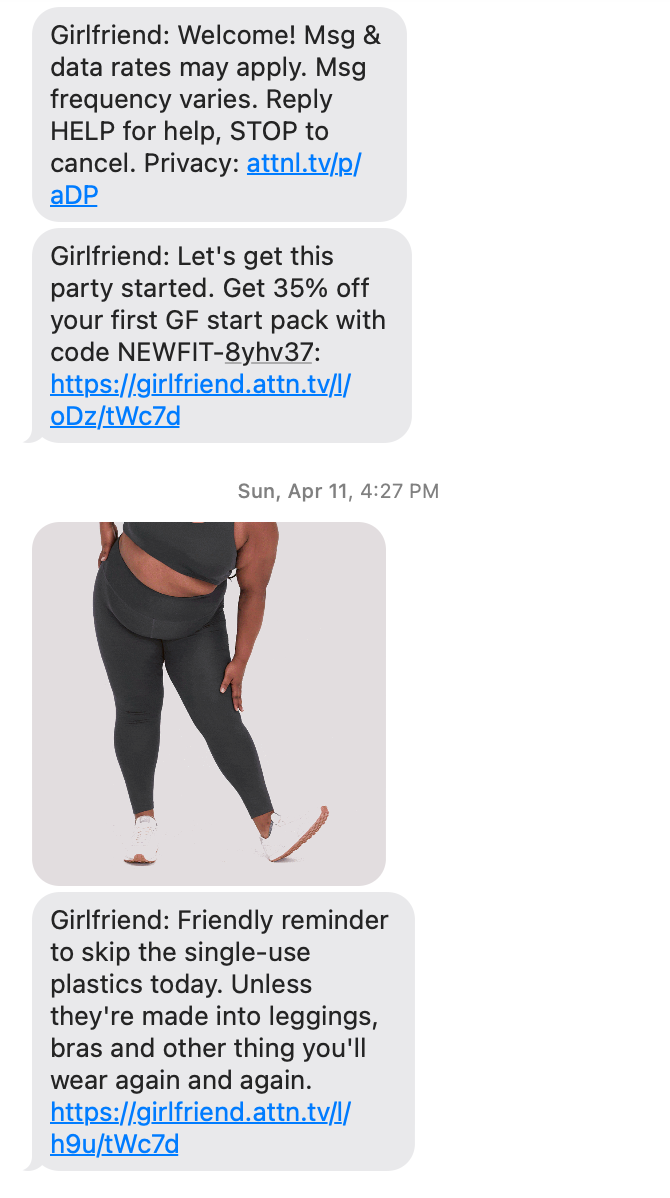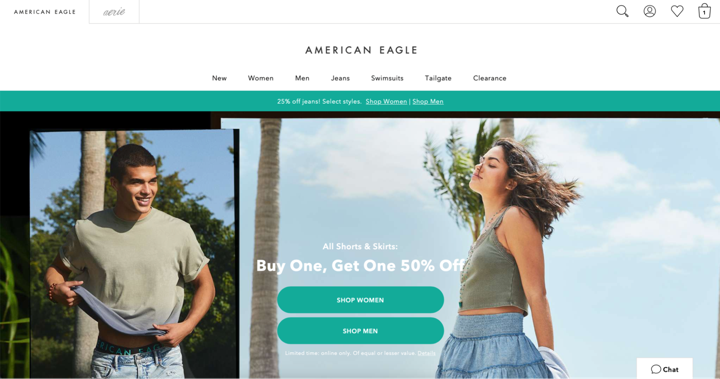Post Purchase Email, SMS, and Retargeting Flow Examples

Interacting and engaging with customers can be difficult. Once they’ve made their purchase, the next email they’re waiting for is the exciting “shipped!” notification, standing out among the emails of bills and other boring real life things.
Until that time comes, your customer is in limbo — for first-time purchasers, they may not yet be totally enthralled with your brand. For repeat purchasers, they’re obviously satisfied enough to have bought again, but may not yet but in that elite group of VIP customers yet. There’s always room to be improving engagement with customers because loyal customers are worth their weight in gold.
The first time one of your customers refers another to your brand, it’s easy to see why referral or word of mouth marketing works. Dropbox grew from 100K users to 4 million in just 15 months using referrals as their main marketing strategy.
Post purchase flows— campaigns that incorporate email marketing, SMS messaging, web, and social media efforts in order to turn one time customers into loyal ones— are the next level of engagement beyond the must-haves that ecommerce customers expect.

The key is to treat the post purchase flow as an individual experience, even though it is being created to retain every single unique type of customer. All this oxymoron of a task needs is a dash of segmentation, a sprinkle of creativity, and some good old fashioned post purchase customer behavior analytics to optimize your post purchase flows.
Leveraging the post purchase time frame provides space to walk new customers through your brand story, provide helpful guides or informational materials, and overall improve your recipient’s experience with your product or service.
Post Purchase Messaging
Before you can begin crafting your post purchase campaign, nail down your messaging so that all post purchase materials well represent your brand voice. At this point, your audience has already made a purchase with your company and shown that they trust you and your product. The goal of all post purchase messaging is to continue nurturing that relationship and to deepen it by turning it from a one-time occurrence into a lasting, dare I say symbiotic, partnership. The key here? Messaging, messaging, messaging.
And the key to solid messaging? Personalization, personalization, personalization. (Okay, now I’m done, done, done!)
Personalization is more than just incorporating your brand voice into all of your customer facing copy. It involves customizing all post purchase emails, messages, and customer interactions to heighten your customer relationships, maximizing ROI and increasing retention. Without personalized messaging, it’s easy for customers to feel like just a number to your brand, instead of an essential member of the customer-brand relationship.
To perfect your post purchase messaging and ensure that your customers have an enjoyable and enthusiastic relationship with your brand, create (and stick to!) post purchase messaging guidelines that are:
- Tailored to each customers specific needs
- Varied in form (emails, SMS messaging, web marketing, social media interactions)
- Customizable in every way
- Always necessary as to not overload customers with information they don’t need or want
- Genuine and include photos, messages, and videos from your leadership and customer support teams
- Provide information on your brand mission and values
Types of Post Purchase Flows/Campaigns
There are two primary types of post purchase campaigns that you can run: a typical campaign and a segmented campaign. Typical campaigns are designed to entice customers who have had more of a classic experience interacting with your brand and segmented campaigns are flows based on the needs of a targeted audience. Let’s take a look at what sets these two flows apart from one another.
Standard post purchase flow/campaign
The components of typical post purchase campaigns can include:
- A message welcoming your customer to your brand family
- Purchase/subscription confirmation
- Note from the founder
- An offer to join a referral program or member subscription
- Showcase of happy customer quotes to reduce post purchase dissonance
- Product tips or how to clean guides for past purchases
- Assembly instructions for past purchases
- Common FAQs
- Recommended products based on past products
Segmented flow based on a target audience
While many of the components of a typical post purchase flow can (and should!) be customized (like the recommended products and assembly instructions), it is not as customized as a segmented flow.
Segmented flows are post purchase campaigns that are triggered by specific customer actions and 50% of marketing influencers site segmented email lists as their most effective personalization tactic. For example, brand new customers will receive a different post purchase experience than VIPs. Other times, segmented experiences are based on products ordered or actions taken during the purchase experience.
As a general rule, it’s important not to over-segment your post purchase experience. Over-segmentation can quickly lead to over-complication. It is better for you and your customers to instead keep your segmentation simple and streamlined.
Post Purchase Messaging by Platform
1. Post Purchase Email Messaging Ideas
When designing your post purchase emails, there are a few different ways that they can be customized and optimized. First, personalized email subject lines see 50% higher open rates. Subject line customization adds a personal detail — when recipient names are included, open rates exceed 20%.
But it’s not only the subject line of emails that can be customized. Incorporating an internal name drop to your post purchase emails can be enough to turn a one time buyer into a loyal customer. For example, skincare company DECIEM always addresses their post purchase emails directly to the buyer.

These customized, automated emails all but ensure that the customer becomes loyal to the brand. Receiving a customized email feels like getting a good ole fashion handwritten letter in the mail from a long lost penpal, it makes you feel special! And making your customers feel seen in a more personal way is a fast track to increased customer retention.
2. Post Purchase SMS Messaging Ideas
Once your customers have provided you with their cell phone number and opted in for SMS messaging, you can begin sending them post purchase texts. Of consumers across all ages and earnings, 35% stated a preference for mobile contact post-purchase and there are many different SMS messages you can send as part of an inclusive post purchase texting campaign.
Post Purchase SMS Examples
- Order confirmation texts
- Shipping and order tracking notifications
- Delivery notifications
- Product tips
- FAQ sheets
- Feedback and survey requests
- Upsell opportunities
- Replenishment reminders for refillable products
- Automated subscription reminders
- Customer referral requests
The best post purchase SMS messages don’t overwhelm customers and instead act as gentle reminders of how great their brand is in an effort to reel past customers back in for some more online shopping.
Take this string of SMS messages from inclusive apparel company, Girlfriend Collective for example. It is warm and friendly, while also incorporating enticing CTAs naturally in each message. With original copy that is always on brand and fun imagery, these SMS messages maintain their brand voice, include additional discounts, and use post purchase SMS flow best practices.

3. Post Purchase Web Personalization Ideas
Personalizing the post purchase web experience is a bit more involved than triggering email or text flows. Instead, it means redesigning your company website to better support returning customers. To personalize your website and optimize for return visitors:
- Hire skilled developers, marketers, or designers for your website
- Identify your target audience
- Understand the behavior-based intent of your customers
- Build a personalization framework designed to scale
- Segment for return and anonymous visitors
- Turn typical customer personas into data-driven profiles
- Choose a website platform that supports visitor tracking and reporting
Also, it’s important to remember that web personalization isn’t just reserved for the homepage. Personalization is best spread evenly across your website, like cream cheese on a bagel. If you reserve all of your personalization for just your homepage then the first few bites of your bagel will be overstuffed and you’ll find the last bites to be lacking.
Instead, spread the website personalization love by:
- Customizing your homepage by directing customers to product pages and searches based on their past site behavior
- Customizing product pages by upselling with recommended products
- Customizing the checkout process by remembering delivery and payment details in order to speed it up
For example, the American Eagle homepage is personalized in many ways. Most notably, it has a memory and immediately greets repeat customers by showing them the products still in their cart. That little shopping cart graphic holds a lot of power without being pushy or too obvious. Instead, it is a subtle reminder of all of the shopping to come.

Source: American Eagle
4. Post Purchase Social Campaign Ideas
Taking your post purchase customer interactions to social media is a sure fire way to engage in a more personal way. There are a few different reasons you might want to connect with your customers on social media, but when it comes to connecting with past customers it is primarily used to run retargeting campaigns based on purchase or intent to purchase behavior.
Retargeting abandoned carts can improve conversions by 26% and retargeted ads get clicked 10X more than traditional display ads. Post-visit campaigns improve likelihood of purchase and strengthen brand awareness, acting as a visual reminder of their experience with your organization.
Retargeting campaigns can be sent out forty minutes after departure from the site, then re-displayed two days out, three to five days out, and even seven days out. Sometimes, it takes people time to decide if they want to go through with the purchase and that extra few days is all it takes to get them to buy the whole cart.
Here’s an example of a retargeting ad I recently got from Poly & Bark:

Source: Poly & Bark
They hit me with four product images of THE four products I was most recently looking at on their site before I closed out of it. It would be creepy if it wasn’t proof of a well-designed algorithm at work. This retargeting ad just goes to show that when it comes to effective social engagement, less is more.
Perfecting the art of the post purchase flow is all about hitting that marketing sweet spot between intuition and creativity. The key is to learn who your customers are, and then meet them where they live. Follow these simple post purchase best practices and in no time you’ll find yourself face to face with customer retention at scale. For more post purchase tips, check out 10 Tips for Really Great Post Purchase Emails.





